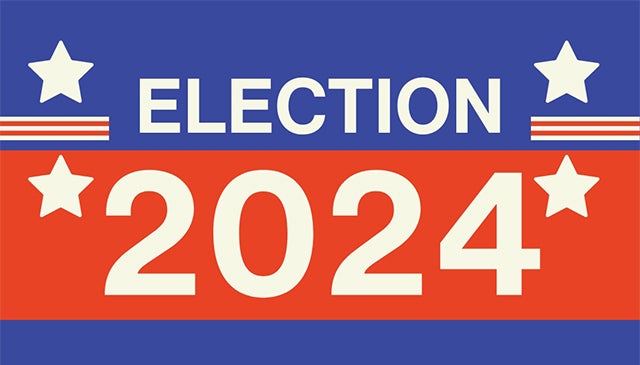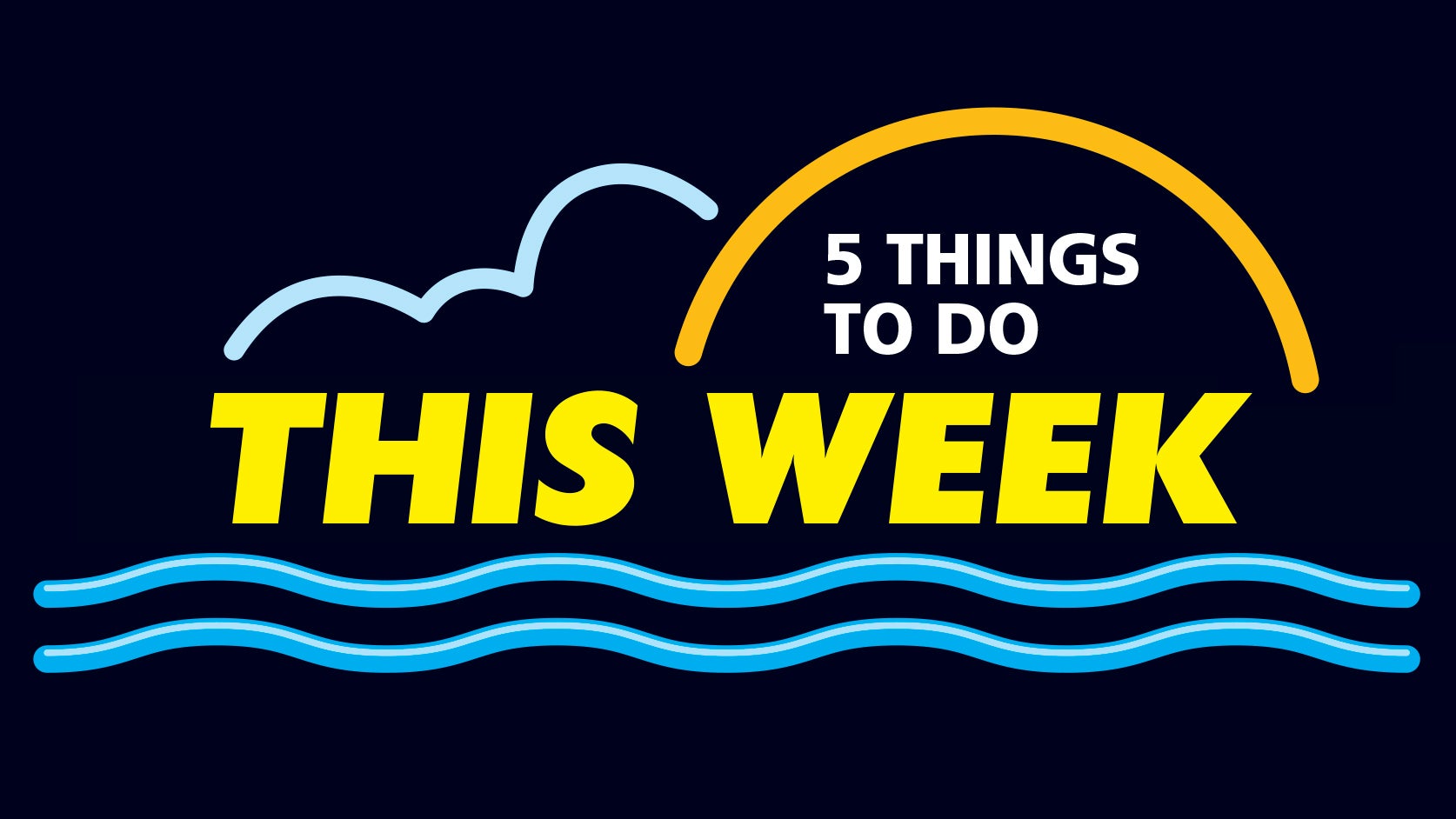Minnesota is part of Super Tuesday voting. Here’s how to cast a ballot
Published 10:17 am Friday, March 1, 2024
|
Getting your Trinity Audio player ready...
|
By Brian Bakst, Minnesota Public Radio News
Minnesota is among a cluster of states and territories holding presidential nominating contests in the main multistate voting event of the 2024 primary campaign.
For that reason, it’s called Super Tuesday.
Democratic President Joe Biden and former President Donald Trump are favored in their respective primaries and could inch closer to the delegate totals needed to gain the party nominations.
Democratic Rep. Dean Phillips of Minnesota and former Republican Gov. Nikki Haley of South Carolina — the last major rivals to Biden or Trump — both hope to at least slow the strides of their party’s frontrunners.
Some quick details about the Minnesota primary and how to participate:
Who will appear on the party ballots?
Both the DFL and Republican parties have more candidates listed on ballots than remain in the race.
For Democrats there are 11 options:
- Joe Biden
- Eban Cambridge
- Gabriel Cornejo
- Frankie Lozado
- Jason Palmer
- Armando Perez-Serrato
- Dean Phillips
- Cenk Uygur
- Marianne Williamson
- Uncommitted
- Write-in
For Republicans, the six choices are:
- Chris Christie
- Ron DeSantis
- Nikki Haley
- Vivek Ramaswamy
- Donald Trump
- Write-in
The Legal Marijuana Now Party is also holding a primary with six choices:
- Edward Forchion
- Krystal Gabel
- Rudy Reyes
- Dennis Schuller
- Vermin Supreme
- Write-in
Where do I vote?
On Tuesday, there will be traditional polling place locations around the state. They can be found by inputting a home address in the Minnesota Secretary of State’s pollfinder tool.
There is still an opportunity to vote early by absentee/mail ballot, although the turnaround time for requesting and returning a ballot needs to be kept in mind. For in-person early voting, there are select locations, which are listed on the Secretary of State website.
What is different about the presidential primary?
The presidential race is the only option on the ballot.
While Minnesota doesn’t have party registration, you must decide which party ballot to request and a polling place worker will provide that ballot.
There is a roster oath that reads: “I am in general agreement with the principles of the party for whose candidate I intend to vote, and I understand that my choice of a party’s ballot will be public information.”
Who will know what ballot I chose?
It won’t be broadly available to the public. But the political party whose primary ballot is chosen will get that information. The parties can and will use that for future campaign outreach and voter engagement.
This is slightly different than in 2020 when all of the major parties got a rundown of which party ballot every primary voter selected.
To be clear, the parties won’t know which candidate a person picked because the ballot itself is not traced to an individual voter.
What does the winner get?
That depends on the party, how many votes they receive and from where in the state.
Minnesota Democrats will eventually send 92 delegates to this August’s national party convention being held in Chicago.
The affiliation of those delegates will be determined, in part, by Tuesday’s primary and the proportion of the vote the named candidates get in each congressional district. Roughly half of the delegates will be decided this way. A candidate must receive at least 15 percent of the vote in a district to be awarded delegates. If “uncommitted” clears that threshold, those delegates would be free agents.
The DFL also has automatic delegate slots awarded to certain elected officials and party leaders as well as at-large delegates decided at the state convention. At-large delegates are also awarded based on vote proportion.
For Minnesota Republicans, 39 delegates will head to the July national party convention in Milwaukee.
Only three are automatically filled by party leaders. The primary winner will take most of the delegates, which are also split between at-large and congressional district allocations.
In the GOP, primaries held prior to March 15 require delegates to reflect the proportional vote as long as candidates clear minimum thresholds; after that it can be winner-take-all.
While the affiliations will be determined by the primary result, the identity of those delegates won’t be known until local and state conventions held later.
See related: Where to vote in Freeborn County






